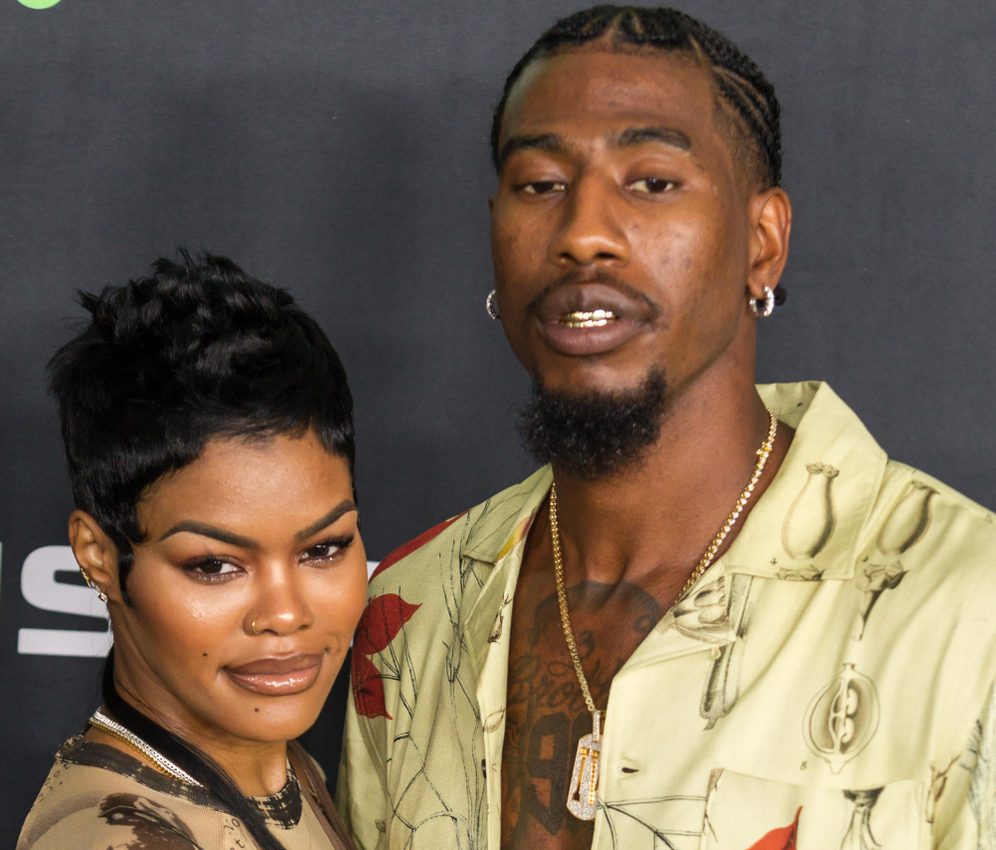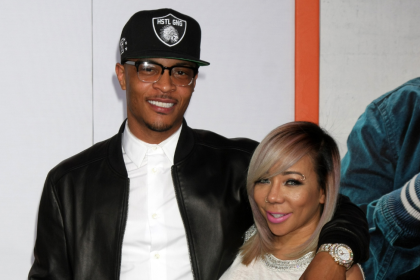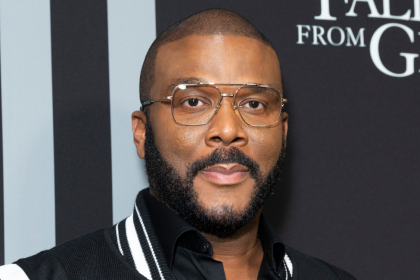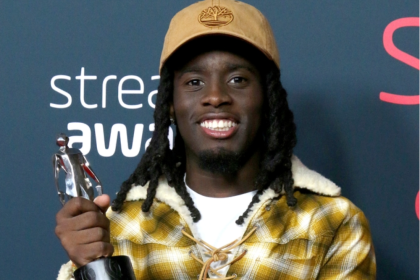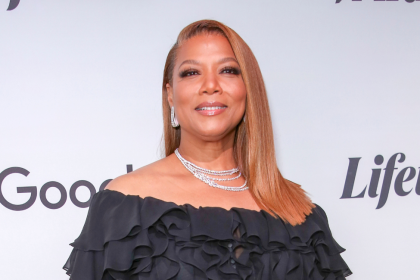That seemingly amicable celebrity divorce has taken a dramatic turn into legal warfare. Former NBA player Iman Shumpert and singer-actress Teyana Taylor, once considered a power couple in entertainment circles, now find themselves locked in an escalating court battle where both sides are requesting the other serve jail time for alleged violations of their divorce agreement. What began as a relatively private split finalized in July 2024 has transformed into a public spectacle of legal filings, social media statements, and serious accusations.
Beyond the celebrity gossip aspect, their conflict highlights the particular challenges of navigating divorce when privacy provisions collide with public personas, children are caught in the middle, and the court of public opinion runs parallel to actual legal proceedings. The case demonstrates how quickly even carefully negotiated divorce settlements can unravel when communication breaks down and trust evaporates between former partners.
The serious accusations flying from both sides
The legal dispute has rapidly escalated beyond typical post-divorce disagreements, with both parties filing motions requesting the court find the other in contempt, accompanied by serious allegations about behavior affecting both their reputations and their children.
Confidentiality breaches form the core of Iman’s May 5 court filing against Teyana. According to documents, he claims his ex-wife violated their divorce settlement by sharing specific provisions of their final judgment on social media. Their July 2024 divorce agreement apparently included strict confidentiality requirements that both parties maintain privacy about case details. Iman alleges that by making certain aspects public, Teyana deliberately disregarded provisions designed to protect “the financial circumstances, privacy, safety and security of the parties and their minor children.”
Career damage allegations feature prominently in Iman’s complaint, with the former NBA player claiming Teyana’s public disclosures directly harmed his professional opportunities. The court filing suggests these breaches caused him to miss out on potential jobs, though the specific financial impact remains unquantified in public documents. His legal team indicates the “precise amount to be more particularly stated and proven at the trial of this matter,” suggesting they plan to present evidence of concrete financial harm resulting from the alleged violations.
Parenting interference accusations elevate the conflict beyond reputation concerns to matters directly affecting their two daughters. Iman claims Teyana deliberately obstructed his court-ordered parenting time on April 17 by preventing him from picking up their children at the scheduled time. He further alleges she pulled their daughters out of school without justification, disrupting their educational routine and potentially using the children as leverage in their ongoing dispute.
Emotional harm to the children features prominently in the allegations, with Iman claiming Teyana has spoken negatively about him in their daughters’ presence. According to court documents, he alleges she has “shouted crude and inflammatory racial insults” about him while the children were present. The filing suggests this behavior has caused their daughters to “unjustly suffer stress and worry,” putting them in the difficult position of feeling responsible for maintaining peace between their parents.
Criminal contempt is being requested along with civil penalties, representing a significant escalation in the legal battle. Iman is specifically asking the court to sentence Teyana to 20 days in jail and fine her $1,000 for the alleged violations. This request for criminal penalties rather than simply seeking enforcement of the agreement demonstrates the severity with which his legal team views the alleged violations.
Counter-allegations from Teyana emerged earlier, with her legal team previously filing their own contempt motion against Iman. Her filing accused him of leaking sealed court documents to the press, essentially making the same type of confidentiality violation claim that he later leveled against her. This suggests both sides believe the other has violated the privacy provisions that were presumably important enough to include in their original divorce settlement.
The public versus private battle playing out in real time
The irony of a privacy dispute playing out in increasingly public forums creates a complex dynamic where statements intended to defend reputations potentially violate the very confidentiality provisions at issue in the legal battle.
Social media has become both evidence and battleground in the dispute, with Teyana’s online statements forming part of Iman’s complaint while simultaneously serving as her platform for responding to allegations. This creates a challenging scenario where addressing public accusations might technically violate confidentiality provisions, yet remaining silent allows unanswered claims to shape public perception. This catch-22 demonstrates why privacy provisions in celebrity divorces often prove difficult to maintain once conflict emerges.
Public denial statements have come from both sides regarding the most serious allegations. Teyana used an Instagram Live session to directly address speculation, stating “I never tried to send Iman to jail. I’m still not trying to send Iman to jail,” despite her legal team’s filing requesting exactly that penalty. Similarly, Iman’s lawyer issued public statements that his client “adamantly denies” leaking any private case information to media outlets, contradicting Teyana’s claims. These dueling denials highlight how the court of public opinion operates alongside formal legal proceedings.
The family connection acknowledgment in Teyana’s public comments reveals the complicated emotions underlying the legal conflict. Despite the serious allegations, she emphasized “Iman is my family. He is the father of my children, and that’s never going to change,” suggesting a desire to maintain some connection despite the deteriorating legal relationship. She further stated her wish to “move on with my life in peace,” indicating the dispute may be more about establishing boundaries than seeking punishment.
Media coverage inevitably amplifies the conflict, with entertainment outlets reporting on each filing and statement, creating additional pressure on both parties. The very publications cited in the court documents as evidence of privacy violations continue covering new developments, creating a circular dynamic where attempts to address leaks potentially generate more coverage requiring response. This cycle demonstrates why celebrity divorces often struggle to maintain the privacy that more typical splits might achieve.
The children’s privacy interests theoretically remain paramount for both parents, yet the public nature of the dispute inevitably draws attention to family dynamics affecting their daughters. Both sides claim to be protecting their children through their legal actions, yet the increasingly public battle creates precisely the type of attention that might cause the stress and worry referenced in the court documents.
The co-parenting complications revealed
Beyond the legal accusations, the filings provide glimpses into the challenging co-parenting dynamics that have developed since the divorce, highlighting issues many separated parents face, albeit without the additional pressure of public scrutiny.
Custody schedule adherence appears to be a significant friction point between the former couple. Iman’s specific allegation about being prevented from picking up the children on April 17 suggests the type of schedule disruption that frequently generates conflict between co-parents. These logistics-based disagreements often become proxy battles for larger emotional issues remaining unresolved after the legal relationship ends.
School decision coordination evidently presents another co-parenting challenge, with allegations about children being removed from school without proper notification. Educational decisions typically require joint communication in co-parenting arrangements, with unilateral actions regarding school attendance potentially violating both formal custody agreements and the practical trust necessary for functional co-parenting.
Parental alienation concerns appear in Iman’s claims about negative comments made in front of the children. While not using this specific legal term, his allegations about “crude and inflammatory racial insults” spoken in the children’s presence suggest worry about his relationship with his daughters being undermined through exposure to negative characterizations from their mother.
Children as “peacemakers” represents a particularly concerning dynamic identified in the court documents. The filing specifically mentions the children feeling placed “in the self-imposed position of peacemaker between their parents,” highlighting how parental conflict often places children in developmentally inappropriate roles attempting to manage adult emotions and relationships.
The emotional toll on their daughters, Junie and Rue, receives specific mention in the court filings. The documents reference the children “unjustly suffering stress and worry” as a result of the parental conflict, acknowledging the psychological impact of the deteriorating co-parenting relationship regardless of which parent’s version of events more accurately reflects reality.
Communication breakdown between the parents appears complete, with legal filings now serving as the primary mode of addressing grievances rather than direct discussion. This shift from personal to legal communication channels typically indicates a co-parenting relationship that has reached a critical impasse requiring third-party intervention to establish functional boundaries.
The financial subtext beneath the conflict
While privacy concerns and children’s welfare dominate the public allegations, financial considerations inevitably influence high-asset divorce conflicts, creating additional layers beneath the more openly discussed issues.
Career impact allegations suggest financial motivations beyond mere privacy concerns. Iman’s claim that Teyana’s alleged confidentiality breaches caused him to lose professional opportunities implicitly involves financial damages. Though the specific amount remains unstated in public documents, the claim positions her actions as directly affecting his income potential, moving the dispute into economic territory beyond personal disagreements.
Property division disputes often resurface in post-divorce conflicts, though the public documents don’t specifically mention disagreements about assets. However, the intensity of the legal battle and mentions of “financial circumstances” in the confidentiality provisions suggest possible ongoing tension about economic aspects of their separation agreement. Such disagreements frequently fuel post-divorce litigation even when other issues serve as the formal basis for legal filings.
Child support considerations inevitably influence co-parenting dynamics in most divorces involving children. While not explicitly mentioned in the available documents, custody arrangements directly affect support obligations in most jurisdictions. Disputes over parenting time and schedule adherence sometimes connect to underlying financial implications of various custody arrangements.
Legal fee accumulation creates its own financial pressure as the conflict escalates. Each motion, response, and hearing generates additional costs for both parties, potentially consuming resources that might otherwise benefit their children. This practical reality often gets overlooked in discussions of celebrity legal battles, yet represents a genuine consequence of prolonged post-divorce litigation regardless of either party’s wealth level.
Image and brand value protection likely motivates some aspects of the confidentiality concerns, particularly for public figures whose careers partially depend on public perception. Beyond personal privacy, details about behavior during marriage or divorce potentially affect future earnings potential for both parties, creating financial incentives to control the narrative beyond typical privacy considerations.
Long-term financial planning for their children presumably remains a shared concern despite the conflict. Both parents likely wish to preserve assets for their daughters’ future needs, though the mounting legal costs and potential career impacts of the public dispute work against this shared interest, highlighting the counterproductive nature of escalating legal battles.
What happens when privacy provisions collide with public lives
The fundamental tension between contractual confidentiality requirements and the reality of public interest in celebrity relationships creates particularly challenging dynamics for high-profile couples navigating divorce.
Enforcement challenges for privacy provisions become evident in this case, as the very process of addressing alleged violations necessarily involves additional public disclosure. When one party claims the other violated confidentiality, proving or defending against such claims typically requires referencing the protected information, creating a paradoxical situation where enforcing privacy may further compromise it.
Media interest intensification often results from attempts to maintain privacy, creating what communication researchers call the “Streisand effect” where efforts to suppress information generate greater attention than the information might have received otherwise. This dynamic particularly affects celebrity disputes where public curiosity already exists, making effective privacy enforcement exceptionally difficult.
The practical impossibility of complete privacy in celebrity relationships creates unrealistic expectations when confidentiality provisions don’t acknowledge this reality. Given existing public knowledge about the relationship and continued public interest in both parties’ lives, maintaining absolute privacy about all aspects of their separation likely represents an unattainable standard regardless of both parties’ intentions.
Social media communication complicates traditional confidentiality concepts, as platforms designed for direct public communication serve as primary brand-building tools for many celebrities. The line between appropriate personal sharing and violating divorce confidentiality becomes particularly blurry when public figures routinely share aspects of their personal lives as part of their professional persona.
Children caught between privacy rights and public interest face particular challenges. While both parents presumably wish to protect their daughters from unnecessary public attention, the reality of their public profiles means their children inevitably experience some visibility. This tension creates additional complexity when evaluating what constitutes appropriate information sharing versus harmful exposure.
The balance between transparency and protection represents a genuine dilemma rather than a simple matter of rule-following. Both parties likely have legitimate interests in controlling certain information while addressing public speculation about others, creating inherently subjective judgments about what crosses confidentiality boundaries versus necessary reputation management.
As this relationship continues evolving from intimate partnership to contentious legal adversaries, the court will ultimately determine whether either party’s actions constitute contempt worthy of the serious penalties requested.
More importantly for their daughters, however, will be whether the parents can eventually move beyond the current conflict toward a more functional co-parenting relationship that prioritizes children’s wellbeing above winning legal battles or public perception management. For now, the case serves as a cautionary tale about how quickly even carefully negotiated divorce agreements can deteriorate when trust erodes and communication fails, particularly under the additional pressures of public scrutiny that most divorcing couples never experience.

